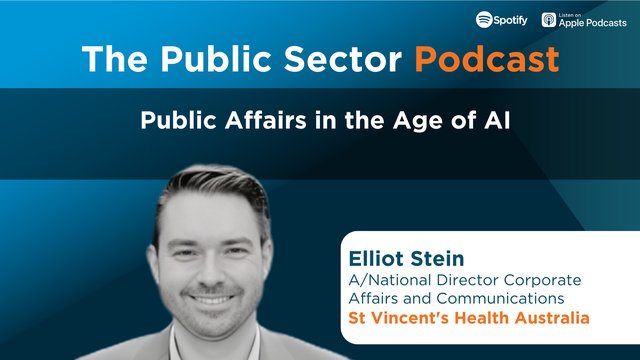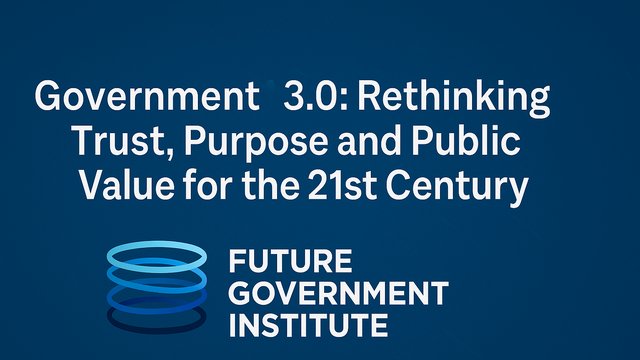

Case Study: AI Implementation in the Government of Estonia
Background
Estonia, a small Baltic nation, has emerged as a leader in digital governance and innovation. Since gaining independence from the Soviet Union in 1991, Estonia has leveraged technology to build a transparent, efficient, and citizen-centric government. The country's commitment to digital transformation is evident in its e-Estonia initiative, which aims to digitize government services and improve the quality of life for its citizens.
Problem Statement
Despite its advancements in digital governance, the Estonian government faced challenges in managing vast amounts of data and delivering personalized services to citizens. Traditional methods of data processing and decision-making were often slow and inefficient, leading to delays in service delivery and increased administrative burdens.
AI Solution
To address these challenges, Estonia's government implemented artificial intelligence (AI) technologies to enhance public services and streamline operations. The government collaborated with local tech companies and research institutions to develop AI-driven solutions in various sectors, including healthcare, transportation, and public administration.
In healthcare, the Estonian government developed an AI-powered health information system to manage patient data and improve healthcare delivery. This system integrates data from various healthcare providers, enabling real-time access to patient records and facilitating better decision-making by healthcare professionals. AI algorithms analyze patient data to identify trends, predict potential health issues, and recommend preventive measures, ultimately improving public health outcomes.
In the transportation sector, the government implemented AI-based traffic management systems to optimize traffic flow and reduce congestion in urban areas. These systems utilize data from sensors and cameras to analyze traffic patterns, adjust traffic signals in real-time, and provide timely information to commuters. The AI system also supports the development of smart public transportation solutions, such as on-demand bus services, which enhance accessibility and efficiency.
The Estonian government introduced AI chatbots to improve citizen engagement and streamline communication between citizens and government agencies. These chatbots provide instant responses to common inquiries, reducing the workload on public servants and enhancing service accessibility. Additionally, AI algorithms are used in decision-making processes, such as resource allocation and policy development, ensuring that decisions are data-driven and aligned with citizens' needs.
Outcomes
The implementation of AI in Estonia's government has yielded several positive outcomes. The use of AI technologies has streamlined government operations, reduced administrative burdens, and accelerated service delivery. AI-driven chatbots and personalized services have improved citizen engagement, making it easier for individuals to access information and services. The AI-powered healthcare system has contributed to improved health outcomes by enabling proactive measures and timely interventions. The integration of AI in public administration has fostered a culture of data-driven decision-making, leading to more effective policies and resource allocation.
Challenges
Despite its successes, Estonia's AI implementation journey has not been without challenges. The collection and use of personal data raise concerns about privacy and security. The government has implemented strict data protection regulations to address these issues. Additionally, there is a need for skilled professionals who can develop and manage AI systems. The government has invested in training programs to build a workforce proficient in AI and data analytics.
Conclusion
Estonia's proactive approach to integrating AI into its government services demonstrates the potential of technology to transform public administration. By leveraging AI, the Estonian government has improved efficiency, enhanced citizen engagement, and delivered better services to its citizens. As the country continues to innovate, it serves as a model for other nations seeking to harness the power of AI in governance.

































